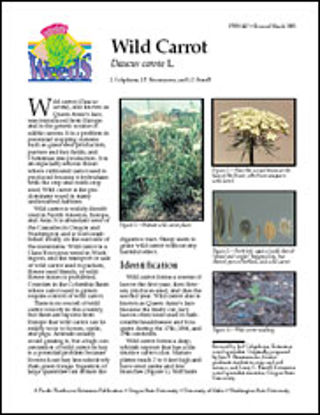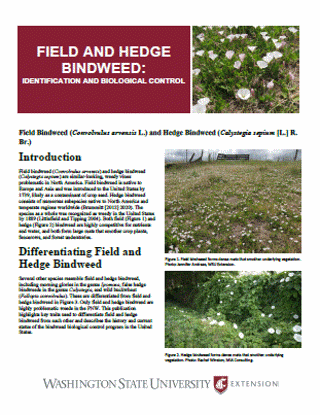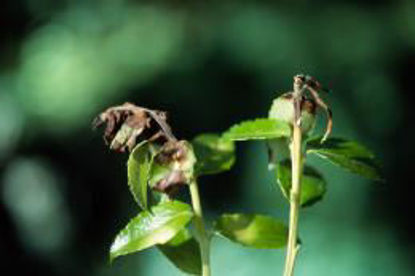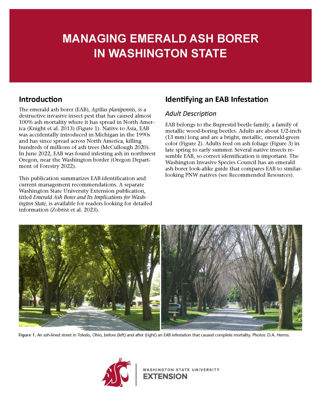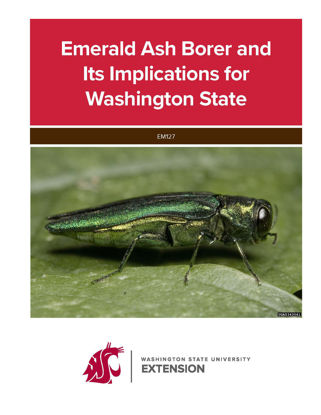You have no items in your shopping cart.
Noxious and Invasive Species
Wild Carrot
An abundant seed producer, this weed grows in meadows, pastures, along roadsides, and in noncrop areas. Also known as Queen Anne's lace, wild carrot is listed as a Class B noxious weed in Washingto ...
$0.00
Puncturevine
With a spiny fruit capable of injuring hooves, feet, and vehicle tires, growers from across the spectrum can learn to effectively manage this weed.
$0.00
Field and Hedge Bindweed: Identification and Biological Control
Both field and hedge bindweed smother crop plants, fencerows, and forest understories. Learn how to identify and control these invasive, problematic vines.
$0.00
Preventing Phytophthora Infestations in Restoration Nurseries
Phytophthora species are water molds that can kill plants. They can spread undetected in container plants and equipment. Once they are introduced to an ecosystem, it's difficult or impossible to eradicate them. Nurseries can help prevent the spread of Phytophthora by following some simple steps. Learn how to protect native plants from sudden oak death and other Phytophthora species.
By: Norma Kline, Marianne Elliott, Jennifer Parke, Dan Stark, Dave Shaw and Alicia Christiansen
$0.00
Managing Emerald Ash Borer in Washington State
The emerald ash borer is an invasive, wood-boring beetle that causes nearly 100% mortality in infested ash trees: learn how to identify this pest and the latest management recommendations.
$0.00
Emerald Ash Borer and Its Implications for Washington State
This publication is intended for Extension professionals, master gardeners, public agency personnel, tree care professionals, and those who are interested in an in-depth review of the current state of knowledge about EAB and the implications for potential damage and mitigation strategies in Washington State.
$0.00

